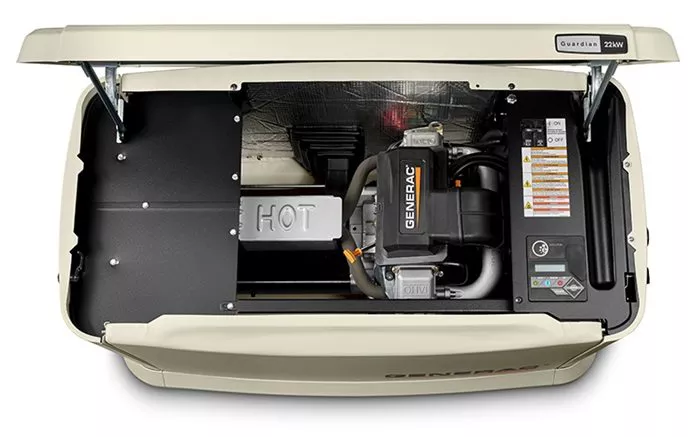Choosing the right size for a home generator is crucial to ensure your household runs smoothly during a power outage. A generator that’s too small won’t power all your essential appliances, while one that’s too large wastes fuel and money. This guide will help you determine the ideal generator size based on your home’s electrical needs.
Understanding Generator Sizing Basics
Generators are measured in watts (W) or kilowatts (kW). To pick the right size, you must calculate your home’s total power requirements. This involves:
Starting Watts (Surge Power) : The extra power needed when appliances with motors (like refrigerators or air conditioners) start up.
Running Watts (Continuous Power) : The steady power required to keep appliances running.
Key Terms to Know
Wattage Rating: The power output a generator can provide.
Load Calculation: The process of adding up the wattage of all appliances you want to power.
Voltage Requirements: Most homes use 120V for small devices and 240V for large appliances like dryers or HVAC systems.
Step-by-Step Guide to Calculating Generator Size
Make a List of Essential Appliances
Identify which devices you need during an outage. Common essentials include:
- Refrigerator (600–800W running, 1,200–2,200W starting)
- Sump pump (800–1,500W running, 2,000–3,000W starting)
- Lights (60–100W per bulb)
- HVAC system (1,500–5,000W running, 2,000–6,000W starting)
- Microwave (600–1,200W)
- Well pump (1,000–2,000W running, 2,000–4,000W starting)
Choose the Right Generator Size
Based on your calculations
Small Homes (3,000–5,000W): Powers essentials like fridge, lights, and a few outlets.
Medium Homes (7,000–10,000W): Handles HVAC, well pump, and multiple appliances.
Large Homes (12,000W+): Full-house coverage, including high-demand systems like electric stoves or multiple AC units.
Types of Home Generators
Portable Generators (3,000–8,500W)
- Best for temporary use during short outages.
- Requires manual setup and fuel refilling.
- Ideal for powering select appliances.
Inverter Generators (1,000–4,000W)
- Quieter and more fuel-efficient.
- Suitable for sensitive electronics (laptops, phones).
- Limited to smaller loads.
Standby Generators (7,000–20,000W+)
- Permanently installed, automatic operation.
- Powers the entire home during outages.
- Requires professional installation.
Common Mistakes When Choosing a Generator
Underestimating Starting Watts: Leads to generator overload and failure.
Overbuying Capacity: Wastes fuel and increases costs.
Ignoring Fuel Type: Gasoline, propane, and diesel have different efficiency levels.
Skipping a Transfer Switch: Necessary for safely connecting to home circuits.
Conclusion
For most homes, a 7,000–10,000W standby generator is ideal for full coverage. If you only need basics, a 5,000W portable generator may suffice. Always consult an electrician for precise load calculations. By following these steps, you can select a generator that meets your home’s needs without overspending. Stay prepared and keep your home running during power outages

